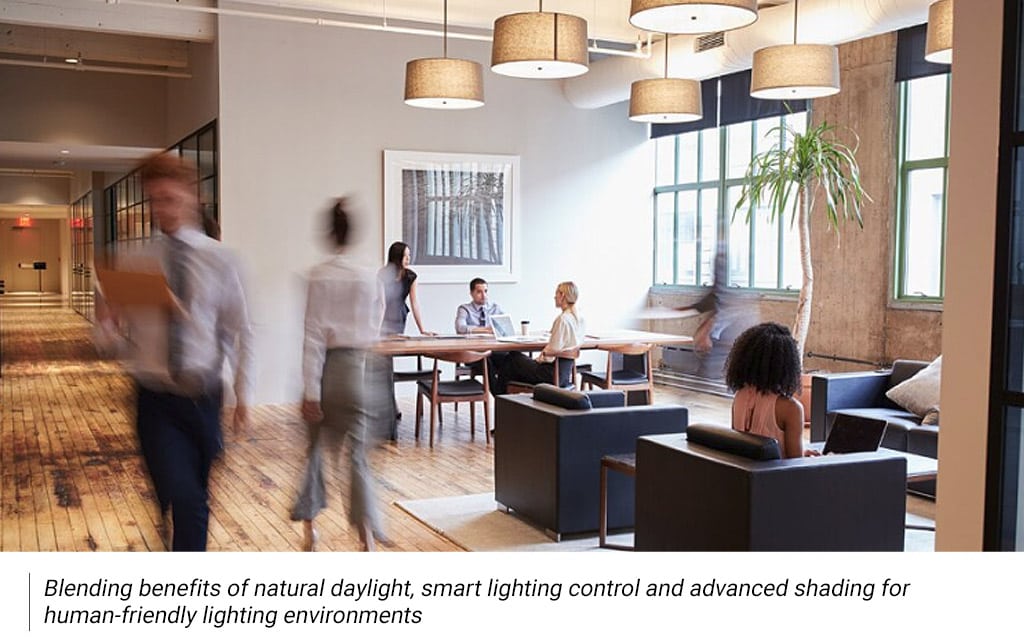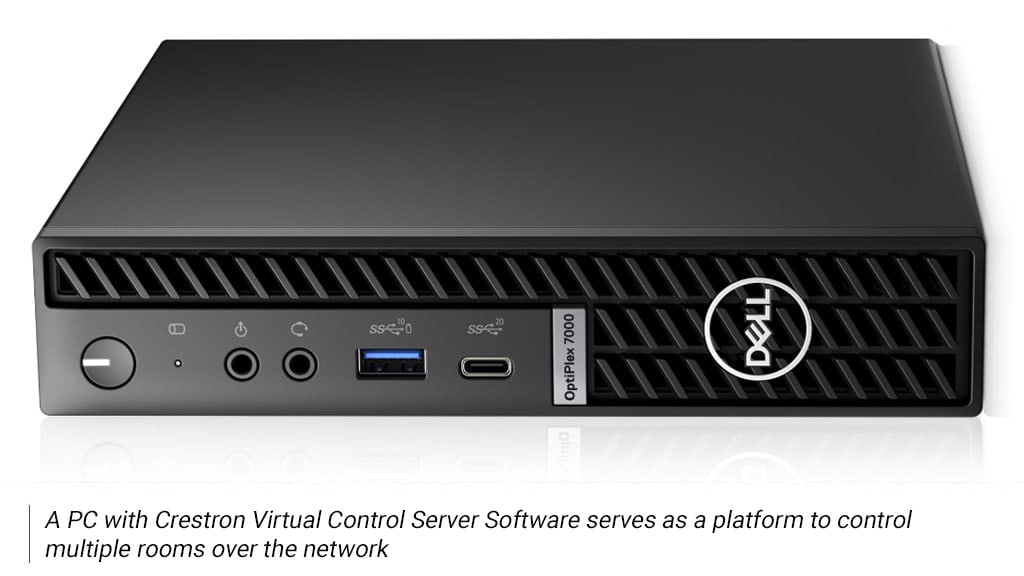Much has changed in how we work as we enter the post-pandemic era. We discuss trends that will determine the future of AV and collaboration at work in the near future.
With the passing of 2022, it seems that the whole world is finally moving ahead — not just reacting to challenges, but finally planning for the future.
A lot has happened in the past couple of years, and organisations are taking stock as they are planning for a changed reality. To begin with there have been fundamental changes in how we look at our work, as well as our expectations of how it will be going forward. Organisations are also still in the process of adapting to this, with business leaders trying to figure out how to navigate team expectations and business needs.
Taking a quick look back, virtually every trend we predicted last year (see Top AV Trends That Will Shape 2022) did come about. However, our team expects several more big changes in the upcoming year.
Key Collaboration and Smart Infrastructure Trends for 2023
#1 – Creating more equitable experiences for ALL hybrid meeting participants
Hybrid work and hybrid meetings are a priority for most organisations. But to make participation in hybrid work truly effective, the experience for virtual participants needs to be close to that of in-room participants.
“For most businesses, making video collaboration a good experience for all participants is now a priority. Hybrid work is the catalyst for the biggest improvements in the VC experience that we have seen in years.”
Abhimanyu Gupta – Director
-
A lot of innovation is being applied to how smart framing and attendee visualisation layouts can help remote participants be heard and seen clearly. Visual layouts like Microsoft Teams’ Front Row and Zoom’s Smart Gallery are examples that help everyone see the people, content and chat streams simultaneously
-
While these layouts evolve, the collaboration displays are likely to evolve too. Dual display setups are likely to make way for larger 21:9 aspect ratio displays which makes them more effective for collaboration layouts. This can also be achieved with a high-resolution video wall or projector display.

Also Read: AV Standardisation for Enhanced Collaboration
#2 – Enhanced AI with intelligent camera and speaker tracking
Improvement to the AI linked with cameras, microphones and speakers is also helping create better hybrid participation even when participants are moving about in rooms. AI helps automate the processes that help create a hybrid meeting space where all the participants can engage more naturally and collaborate more smoothly and effectively
-
High-quality video and audio is maintained even if speakers or presenters are moving around through individual audio-video feeds for each person. AI helps the camera track and frame participants dynamically
-
The visibility of room-based groups and individuals can be improved to allow better eye contact and improved visibility of facial expressions, body language gestures etc, no matter which part of the room they are seated in
-
AI also helps improve the audio experience by reducing background noise, eliminating reverberation and improving the audio quality in rooms with poor acoustics
-
The whiteboard experience for remote participants will also evolve with built-in AI features. One example is AI-powered “presenter translucency” that allows whiteboard content to be seen even “through” the presenter in video meetings. More AI driven content enhancement improves readability and even detects sticky notes to make whiteboard content visible with excellent clarity.

#3 – Evolving towards human centric lighting (especially in workspaces)
Lighting in most spaces – especially in workspaces – has traditionally been focused on meeting basic functionality, aesthetics or cost criteria.
Human centric lighting (or HCL) takes a different approach to meeting lighting requirements. The well-being, comfort and productivity that people experience is treated as a priority at all times. When done right, this can improve attention span, making it easier to focus and improve overall well-being.
-
Recognizing the importance of natural light and introducing this optimally into the space and avoid disrupting circadian rhythm
-
Using a combination of lighting fixtures, sensors and scenes to ensure the right intensity and quality of light is available at the right time in the right place or to create the right environment
-
Use a combination of sensors, shades and scenes to automate how a comfortable and healthy lighting environment is maintained through the day

#4 – Software-based centralised control systems have arrived
Centralised Audio Visual control systems used in meeting rooms and other AV enabled environments traditionally required dedicated control hardware — processors, controllers and interfaces. This is changing with the arrival of software driven control platforms that can control multiple rooms over ethernet from a single, centralised location.
“Software-based control systems are a radical change from how Enterprise AV control systems have worked in the past. They’re less expensive, easier to deploy and simpler to manage too.”
Sachin Prabhudesai – Director – Key Accounts & Services Biz
-
Server‑based software that provides centralised control for audio, video, lighting, motorised shades, thermostats, door locks, sensors, and security systems over ethernet
-
Simpler to deploy and remotely control the equipment for up to 500 rooms of different types from a single server. Also supports server redundancy for increased reliability
-
For devices that require IR, Serial, wireless or other modes of control (apart from ethernet) this can be provided through the appropriate decentralised connector boxes within the room itself

Also Read: Audio Visual Standardisation – Expert Insights on Benefits, Implementation and Roadblocks
#5 – Shifting from HDMI to USB-C for clutter-free connectivity
Many personal devices like laptops are moving away from HDMI to USB-C and meeting rooms need to be prepared to support them too. Thankfully there are several benefits that this move can bring for users and facilities teams alike.

-
Check for the “DisplayPort with Alt Mode” symbol next to your USB-C port to ensure it can support all types of connectivity mentioned above. Other types of USB-C may support only charging or data transfer functions
-
The USB-C standard allows the transfer of professional-grade video, audio, power, ethernet and control signals from the source to the display. This means just one integrated on the conference room table thanks to its high-bandwidth signal transfer capabilities
Summary
In addition to these AV, collaboration and workspace trends, there are other changes coming too.
The move towards improving the usability of video conference room systems also continues and will bring more innovations in the coming year. As a result, a One Touch Join feature that works smoothly for all platforms (Zoom, Teams, Meet, Webex etc), is likely to become a standard feature in VC systems. We may also see home VC setups with high-quality video, audio and lighting become a feature in homes of senior executives and business leaders.
Clearly there’s a lot to look forward to in 2023, and we hope that these trends provide useful insights for your teams and for your business in the coming months.
The Actis team wishes you a happy, healthy and successful new year!
Want to know more about how the latest AV, video collaboration and intelligent lighting technologies can transform your workspaces?
Get in touch with Actis Technologies at 022-30808000


